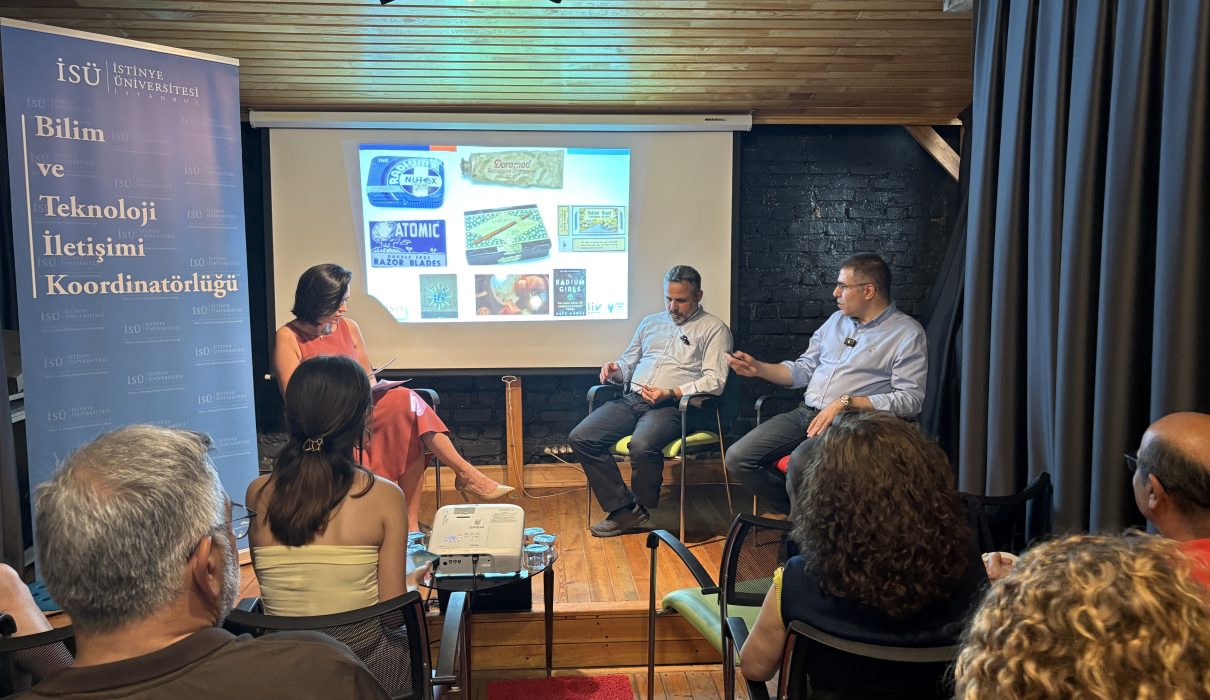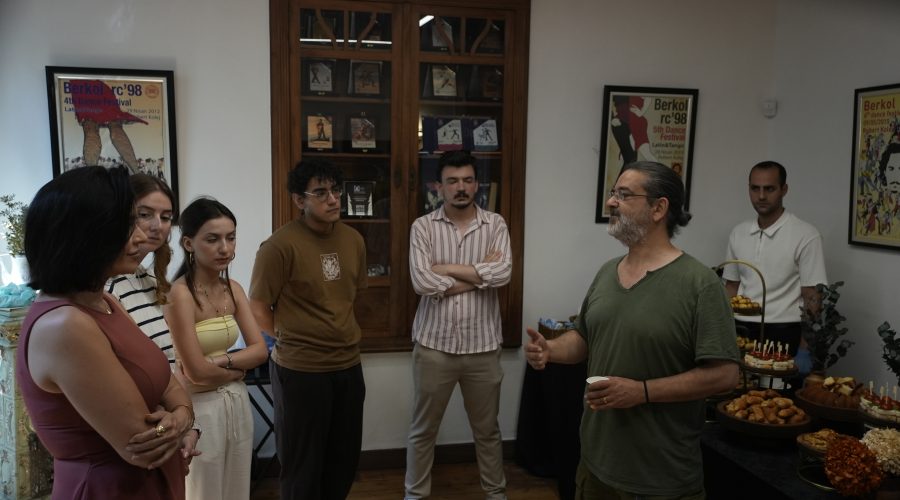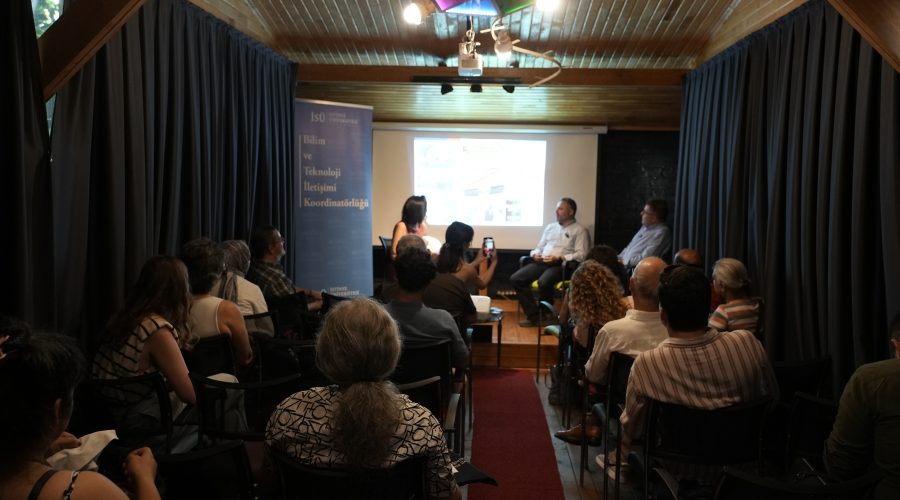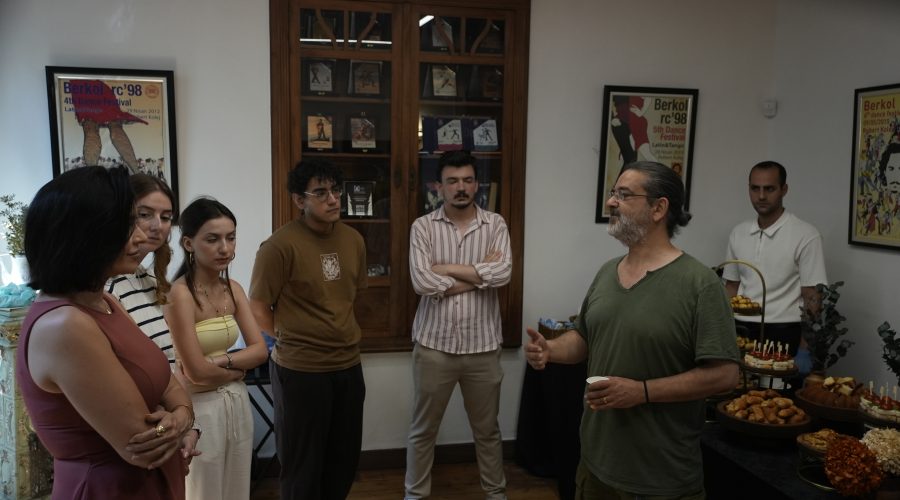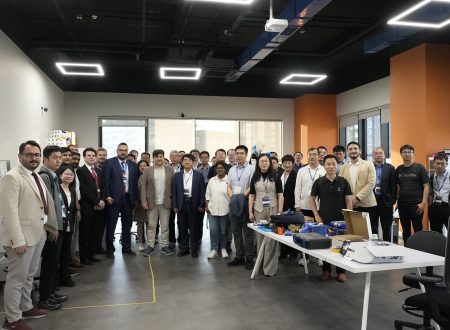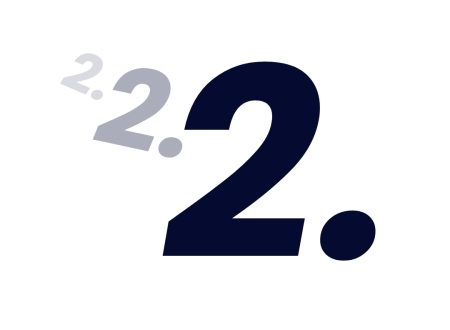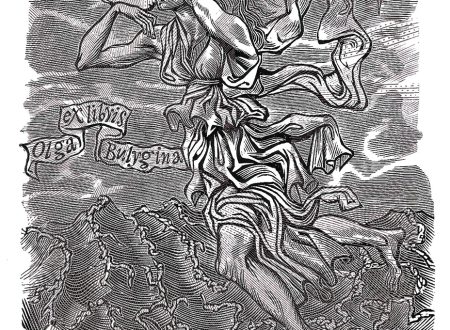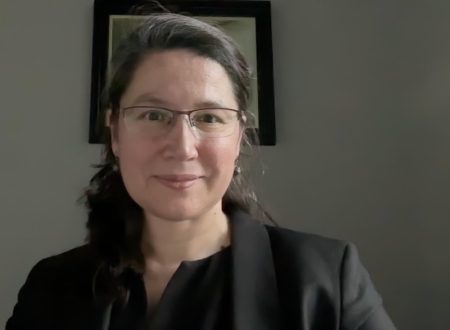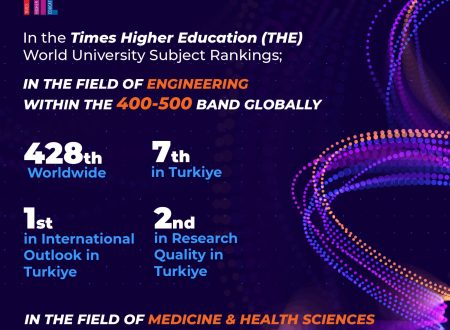The Development of Particle Accelerators Drives Medical Innovation: Radiation in the Service of Health
Organized in collaboration between İstinye University’s Science and Technology Communication Coordination Office and the Council of Higher Education (YÖK) Science Communication Office, the scientific event titled *“Radiation in the Service of Health”* was held at the Özgen Berkol Doğan Science Fiction Library with the support of the Fayda Science Foundation and sponsorship from Liv Hospital.
The event offered a comprehensive exploration of the medical uses of radiation and the latest scientific developments in the field. With the participation of expert academics, the program brought current approaches in radiation-based diagnosis and treatment to the public through an interdisciplinary perspective. Coordinated by Prof. Dr. Serkant Ali Çetin, Head of the Department of Basic Sciences and Science and Technology Communication Coordinator at İstinye University, the event featured presentations by Prof. Dr. Merdan Fayda, Chair of the Department of Radiation Oncology, and Prof. Dr. Taylan Yetkin, Faculty Member in the Department of Basic Sciences.
“When you smoke, you are exposed to radiation”
In the first session, the core medical applications of radiation and its potential risks were discussed. Prof. Dr. Merdan Fayda shared his expertise in radiation therapy, highlighting both diagnostic and treatment-oriented uses of radiation, such as mammography, lung cancer screenings, external radiotherapy with high-energy X-rays, and brachytherapy techniques. The session emphasized the importance of dose control, patient safety, and technological advancements in medical imaging and treatment planning.
Prof. Dr. Merdan Fayda stated:
“When you smoke, you’re exposed to radiation. If you smoke two packs a day, you’re receiving the equivalent radiation of 80 chest X-rays annually. Lighting a cigarette creates polonium, which exposes your mucosa to radiation. There is radiation in daily life too—even in insulation materials around us. We are exposed to some radiation at home as well. But there are beneficial uses of radiation when it is properly structured. For example, radiation can destroy tumors—cancer can be eliminated. When applied at the right dose and in the correct way, radiation can be very beneficial. Over the years, medical imaging has improved significantly. Now we can better identify where to apply radiotherapy. Treatment planning has progressed, and MR imaging allows us to visualize tissues much more clearly.”
“With PET and similar devices, we gain detailed insight into the body”
The second session focused on how fundamental particle physics has revolutionized medical applications. Prof. Dr. Taylan Yetkin explained the emergence of advanced diagnostic devices such as PET/CT and MRI, and the precision treatments made possible by proton and ion therapy technologies. New developments such as FLASH radiotherapy and Boron Neutron Capture Therapy were also discussed.
Prof. Dr. Taylan Yetkin noted:
“With PET and similar devices, we can gain valuable insights about the body. You send in protons or electrons to eliminate a tumor—it’s therapeutic. One is for imaging, the other for destroying. For example, patients are given a sugary liquid that contains a radioactive compound, which cancer cells are especially eager to absorb. About an hour later, they are taken into the scanning room. This liquid contains a substance that emits the antiparticle of the electron. When these antiparticles meet electrons in tumor tissue, the area emits radiation. Detectors capture this emission, and computer software constructs a 3D image of the body. Essentially, it creates a full-body image. These are technologies originally developed to understand nature—now applied in medical physics.”
A Significant Step for Public Engagement in Science
Beyond providing direct access to expert knowledge, the event also served as a strong example of effective science communication. With interdisciplinary content, communication-centered moderation by Dr. Özgenur Reyhan Güler, and active audience engagement, the sessions created a platform for transforming academic knowledge into public benefit.
By shedding light on the intersection of radiation and health from both scientific and social angles, the event was met with great interest. It also played a valuable role in fostering scientific literacy and raising public awareness about the role of radiation in modern healthcare.


